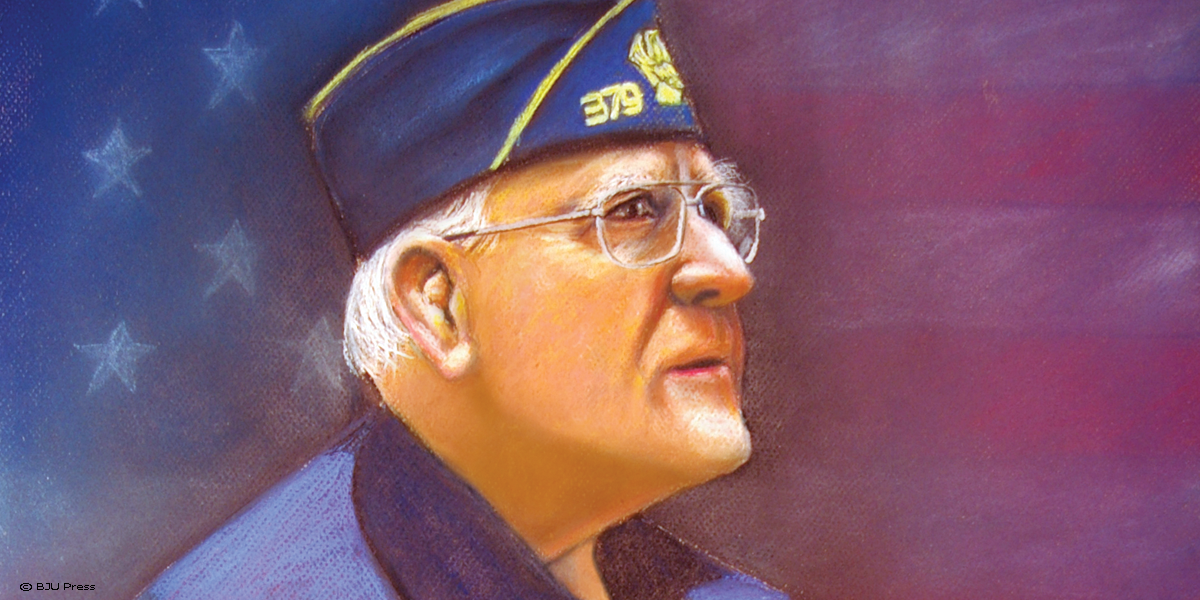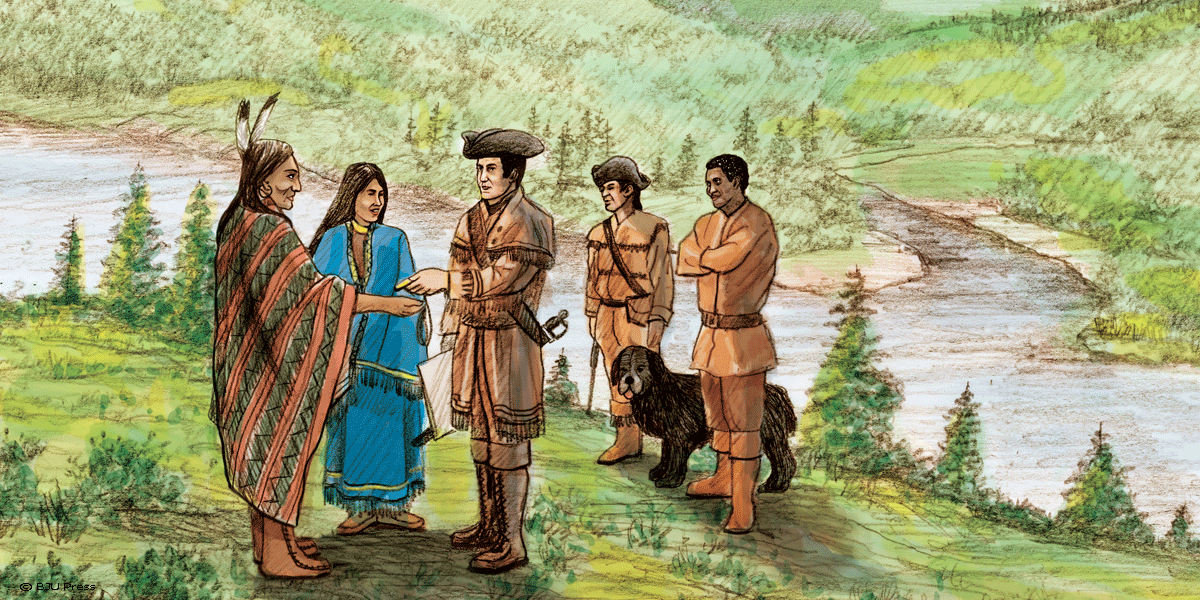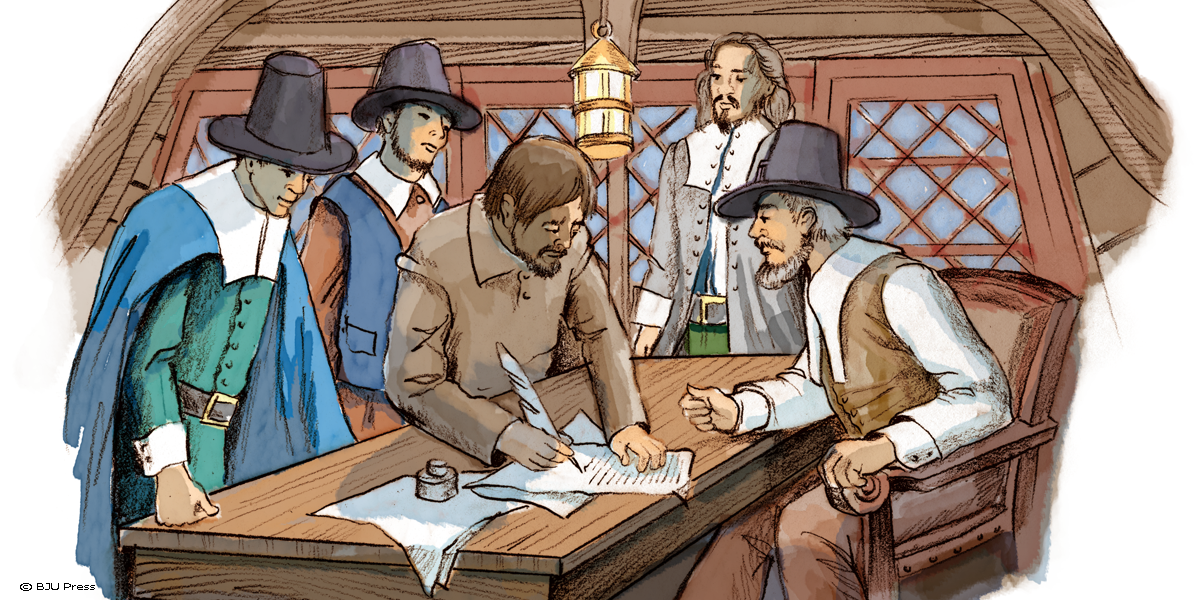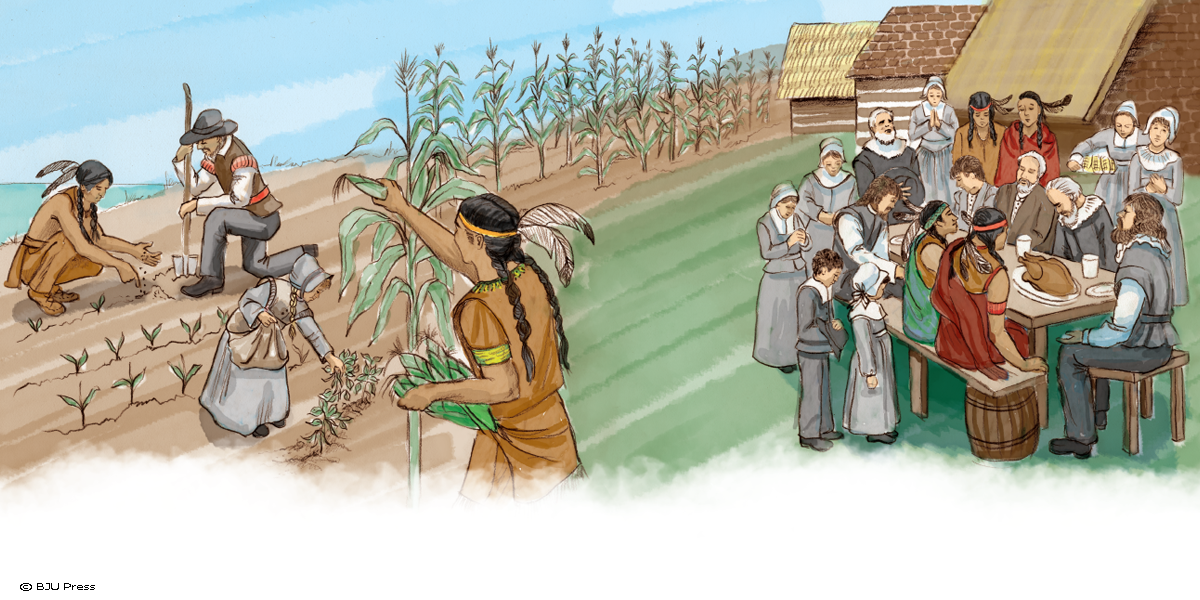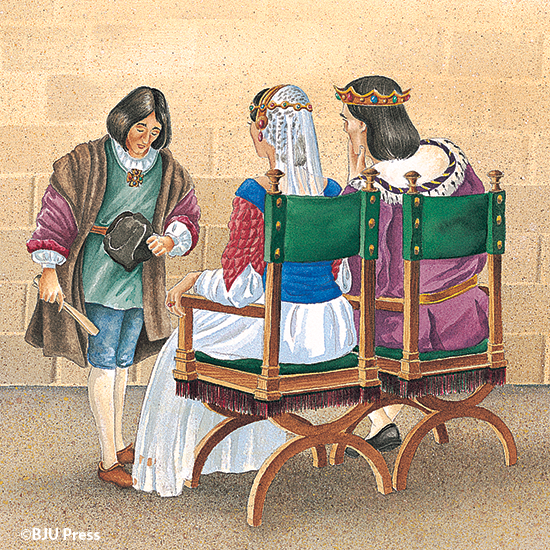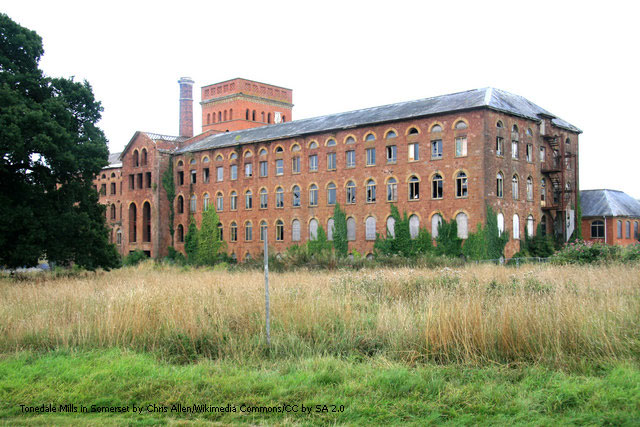
Several years ago my wife and I bought our first home. It’s in the older part of town, and right outside the back door are the remains of a textile mill. A hundred years ago, when our house was built, the mill stood in the middle of a bustling village. Most of the inhabitants worked at the mill. There were a grocery store, several schools, some churches, and a mill-owned bowling alley. But today, the textile mill is out of business.
Since we moved into our home, I’ve had various opportunities to talk to the older residents in my neighborhood. Many of them worked in the mill back when it was producing textiles. They tell the history of their town with a mixture of pride and sadness—pride in what they enjoyed in their earlier lives, but sadness about the languishing state of their community. Their histories help me understand my community.
A Preschooler’s First Questions
As we drive across town, my oldest daughter asks questions about our community. “Where do we live?” “Why is that big building (textile mill) there?” These are natural questions for anyone to ask about their surroundings. It’s also natural to begin teaching history here, where our family lives. Knowing the history of our community helps me answer the questions my daughters ask, like “Why has our neighbor lived there so long, but the other house has a new family in it every few months?” The histories I learn help answer her natural questions.
One Sunday evening we were looking at the globe at church when she asked another natural question. “Where do we live?” We found our state, and then I explained that we live in a country called the United States of America. It is quite normal for anyone to ask questions about places and events closest to them. That tendency is natural and good. It helps people gather the information they need.
Family, Community, Nation, World
Our children should learn about their families, their communities, and then their nation before learning about the broader world. When you approach history in this fashion, it’s called expanding horizons. Children learn about their own families first, and a good curriculum teaches them a biblical perspective on families. It then explains the features of their community.
At this point, it’s appropriate to teach children about their nation’s history. They need to know their own heritage so they understand their own country, its symbols, its past, and most important, its people. Once they master a basic understanding of their country, they’re ready to begin learning about the rest of the world.
Knowledge of the Past to Serve in the Present
Providentially, my family is in America. We’re grateful for the place and time God has placed us in. And as citizens of His kingdom, we need to act in His interest. To do so skillfully, we need to understand our own nation here on earth. That’s why my wife and I want our children to have a thoroughly biblical worldview of America’s history. When our children understand the origins of our laws, institutions, conflicts, and people, they will be prepared for wise stewardship of their American citizenship for God’s glory.
Are your children receiving a firm American history foundation before learning other nations’ histories? Provide them this foundation with BJU Press Heritage Studies.

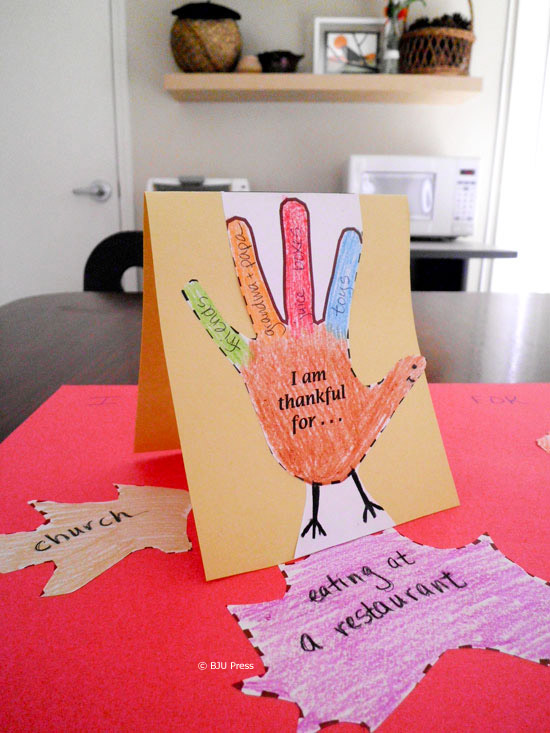
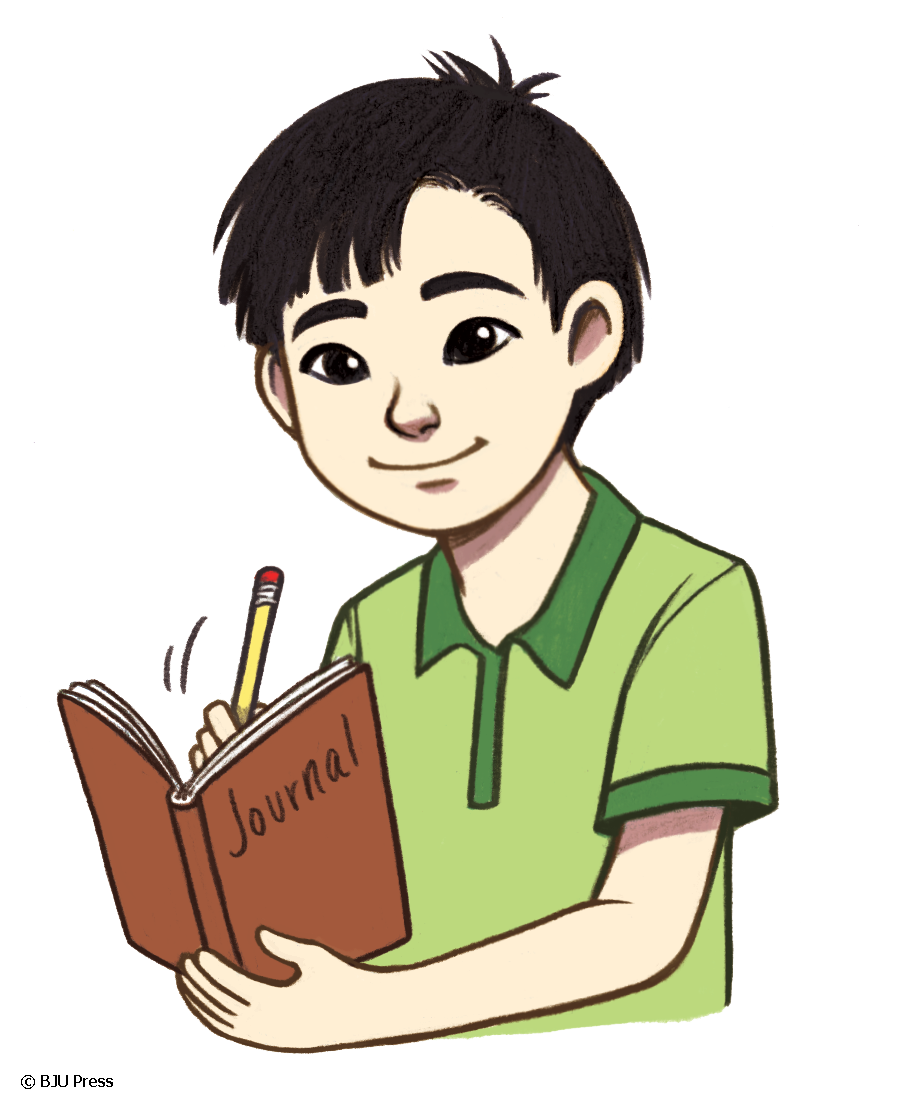 November has a heritage of blessings! There are many things to celebrate. It must be the start of the holiday season! I hope you and your family take time to reflect on God’s blessings this year (James 1:17). To start us off, here are two month-long observances worth mentioning.
November has a heritage of blessings! There are many things to celebrate. It must be the start of the holiday season! I hope you and your family take time to reflect on God’s blessings this year (James 1:17). To start us off, here are two month-long observances worth mentioning.

